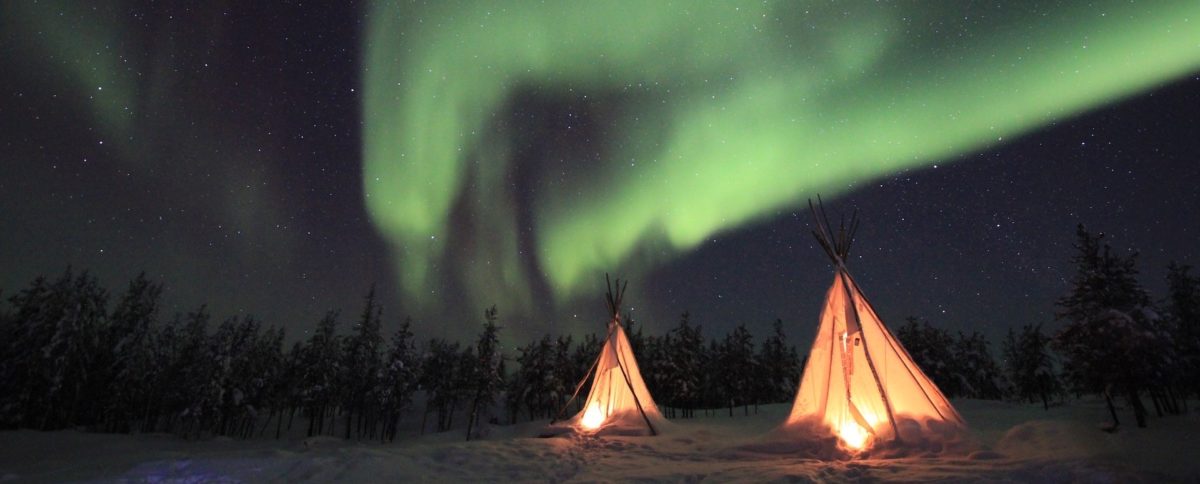
When it comes to electricity, the Northwest Territories, similar to Nunavut and Yukon, is in a much different position than the other provinces. It is incredibly vast, with long distances between populated areas and neighbouring provinces and territories. Because of this large expanse of land, the territory’s electrical grid is not connected to any other jurisdiction. Further, because it is generally more expensive to generate electricity in the province and due to the territory’s low population density, residents in the Northwest Territories have among the highest electricity costs in the country. In 2019, the Northwest Territories generated 65% of its electricity using fossil fuels, followed by hydroelectricity which accounted for about one third. This generation mix can vary depending on the amount of rainfall the territory receives from each year. Despite the lack of sunlight in the winter, the territory’s potential for solar power is compatible with other provinces, as the long days in the summer make up for this deficit. Wind is also an option, as the design of turbines has advanced to withstand cold temperatures and some small communities are now well suited for small wind turbines. Electricity is generated by the crown corporation Northwest Territories Power Corporation and the private Northland Utilities Ltd. company.